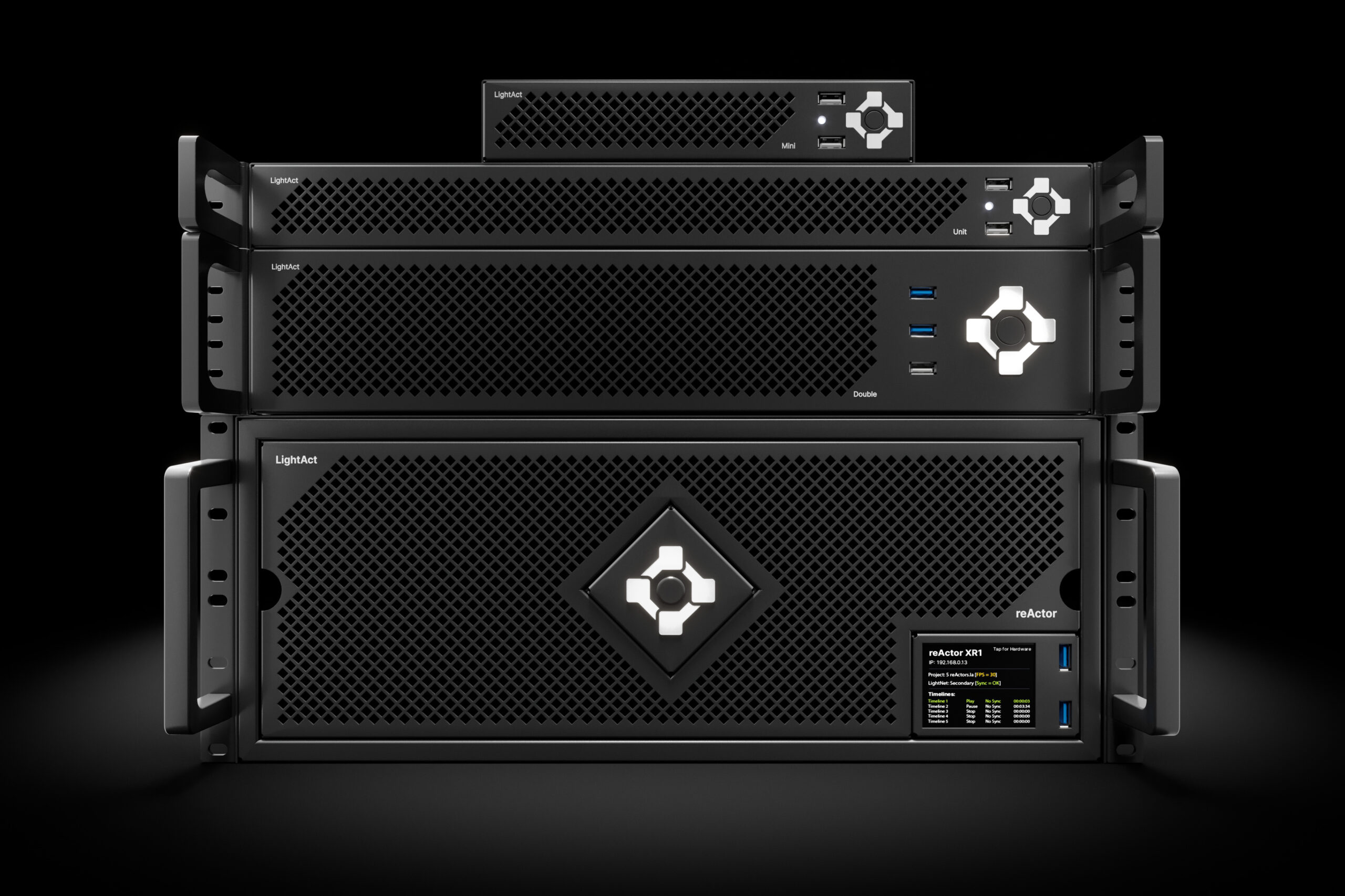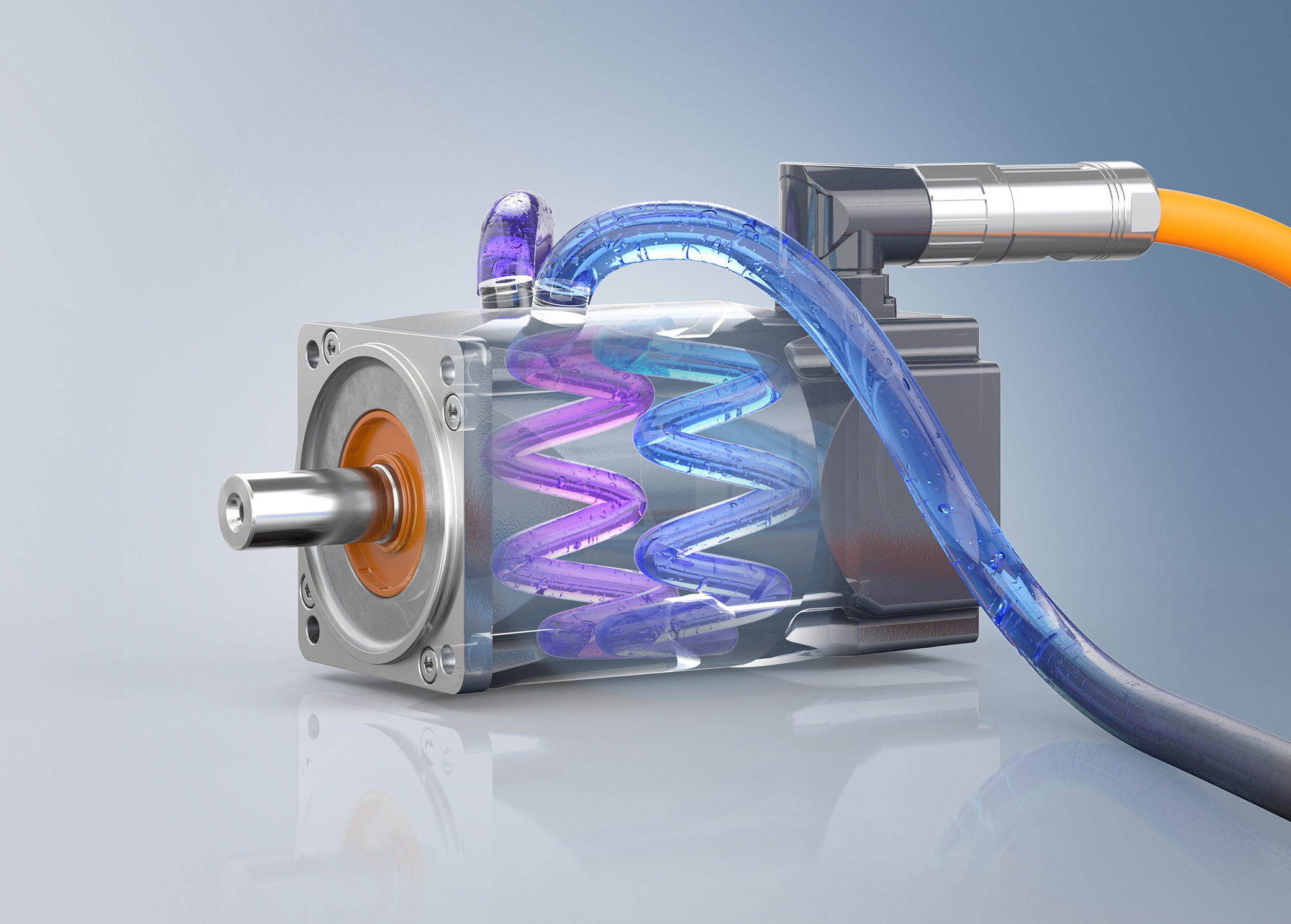Elation’s new EZ Kling is an RJ45 to DMX, Kling-Net and Art-Net interface that lets users pixel map Kling-Net fixtures through the Kling-Net mapper, which is included in ArKaos’s LED Master, Media Master Express and Media Master Pro software. EZ Kling also works via ArtNet, which allows for pixel mapping of any LED pixel-controllable DMX fixture.
More details from Elation (www.elationlighting.com)
With launch of the new EZ Kling interface, Elation Professional has answered the need for better pixel mapping control. The EZ Kling is an RJ45 to DMX, Kling-Net and ArtNet interface that allows users to pixel map Kling-Net fixtures through the Kling-Net mapper, which is included in ArKaos’s LED Master, Media Master Express and Media Master Pro software. EZ Kling also works via ArtNet, which allows for pixel mapping of any LED pixel-controllable DMX fixture. It provides a simpler and more effective way to create visuals via pixel mapping.
Ideal for use with Elation Flex Pixel Tape™ and LED pixel-controllable DMX fixtures, a single EZ Kling interface will drive up to 600 Flex Pixel Tape RGB pixels using Kling-Net control protocol or 170 DMX pixels via ArtNet/ DMX control. Basically, it can take any RGB / DMX fixture and let users control it via Kling-Net or ArtNet using the EZ Kling box as a “hub”. EZ Kling includes a 4-button control panel and LCD menu display, 3-pin DMX In and Out, two RJ45 bilateral CAT5e ports, and a (6) bare wire terminal block for wiring LED pixel tape directly to the unit. Extremely small and light weight, EZ Kling includes a magnet on the back panel for easy mounting on any metal surface and a mini Omega bracket for clamp/truss mounting.
Elation Sales Director Eric Loader comments on the new interface: “This product opens up a whole new way of control of RGB fixtures – allowing you to pixel map your entire LED display, whether it be video panels, LED pixel grids / tapes or LED Pars, at a cost effective price by taking the costly ArtNet nodes and separate DMX drivers out of the equation.”
ArKaos designed the Kling-Net protocol to allow the distribution of real-time video data to remote display devices, such as LEDs or LED panels, over Ethernet. Kling-Net allows LED devices to configure themselves automatically and talk directly to the media server, removing the need for complicated setup processes and avoiding use of expensive hardware video converters.


